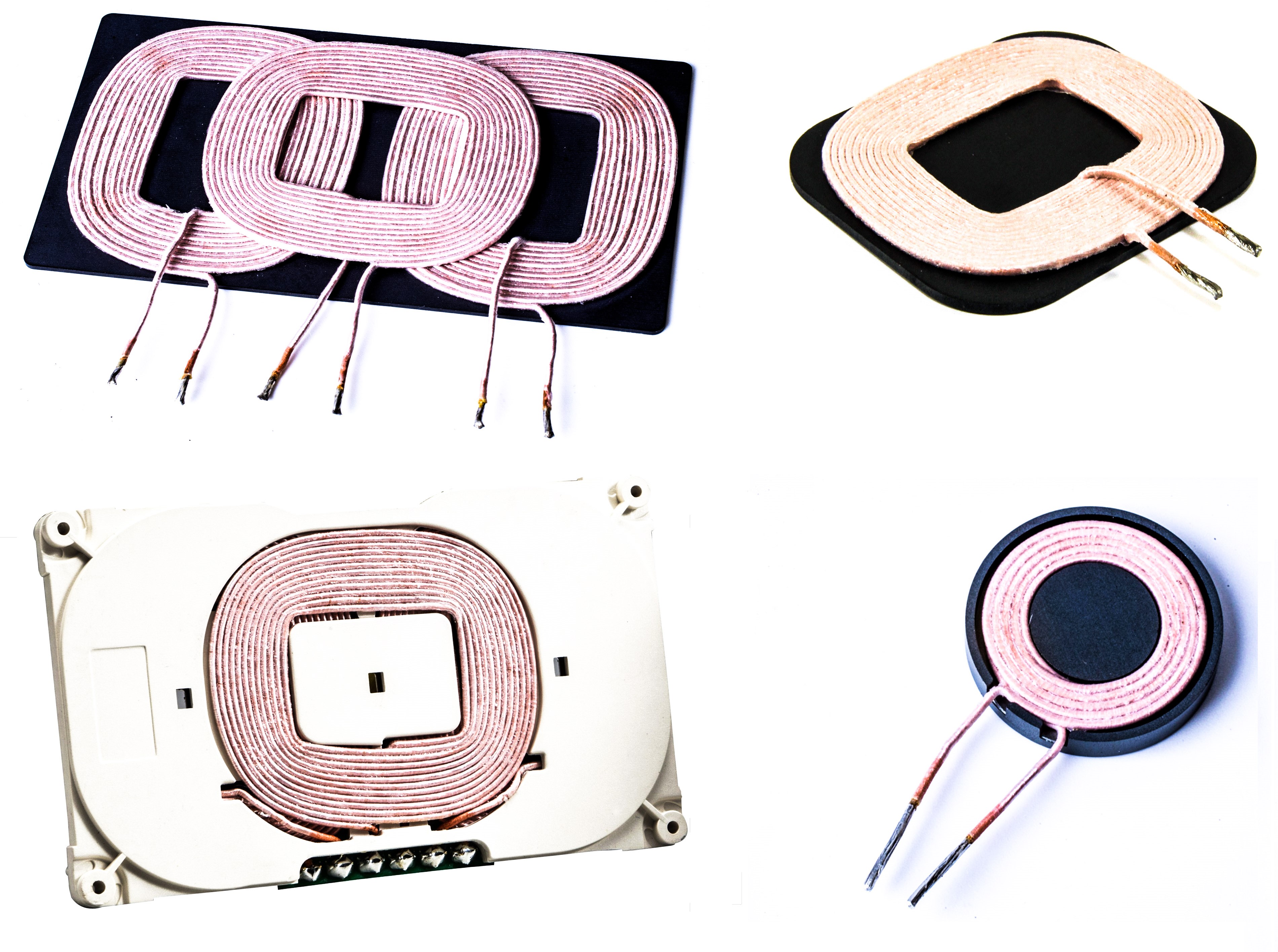Coil Modules
Ultra Thin, Optimized Charging
Wireless charging technology can be inefficient due to poor communication between devices or an overload of energy compromising the device's internal battery over time. Our engineers understand this constant struggle and have developed extremely effective, reliable wireless charging coil modules using carefully selected ferrite materials.
Their high Q Factor creates maximum wireless power charging efficiency while minimizing EMI. They use wireless power consortium (WPC) ferrite material and the coil module design is WPC Qi specification compliant. The power transmitter design provides up to 15 W, and even higher power designs are available upon request.
Beyond the standard coil modules, Laird Steward offers custom parts and designs for specialist applications.
Benefits of our Coil Modules
- Laird Steward wireless charging modules are automotive standard AECQ-200 (reliability specification) approved.
- Designed to meet WPC Qi standard
- Operating temperature: -40°C to +125°C
- Assembled with ferrite plate which is built with WPC-listed ferrite material
- High Q for maximum power transmission
- Easy to assemble
- Available in solid or flexible ferrite
Applications
- Medical devices
- Battery packs with wireless charging functionality
- Smart kitchens (home appliances)
- Charging needs for office, residential, or public areas
- Charging needs for power tools or any other devices that need contactless power
- Charging for general electronic devices or aftermarket accessories

Coil Modules Series

Transmitter Series ( 5-15 watts)
